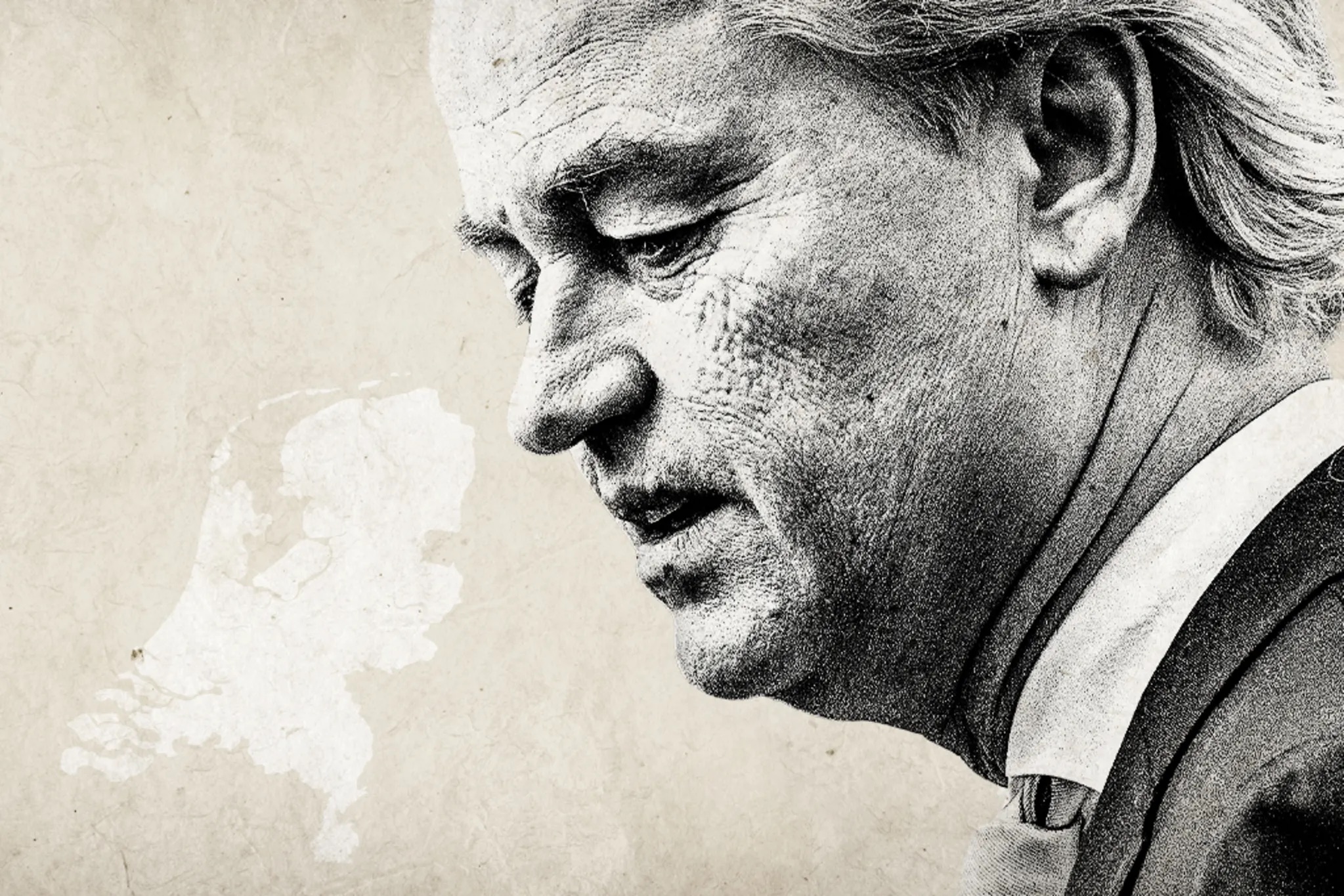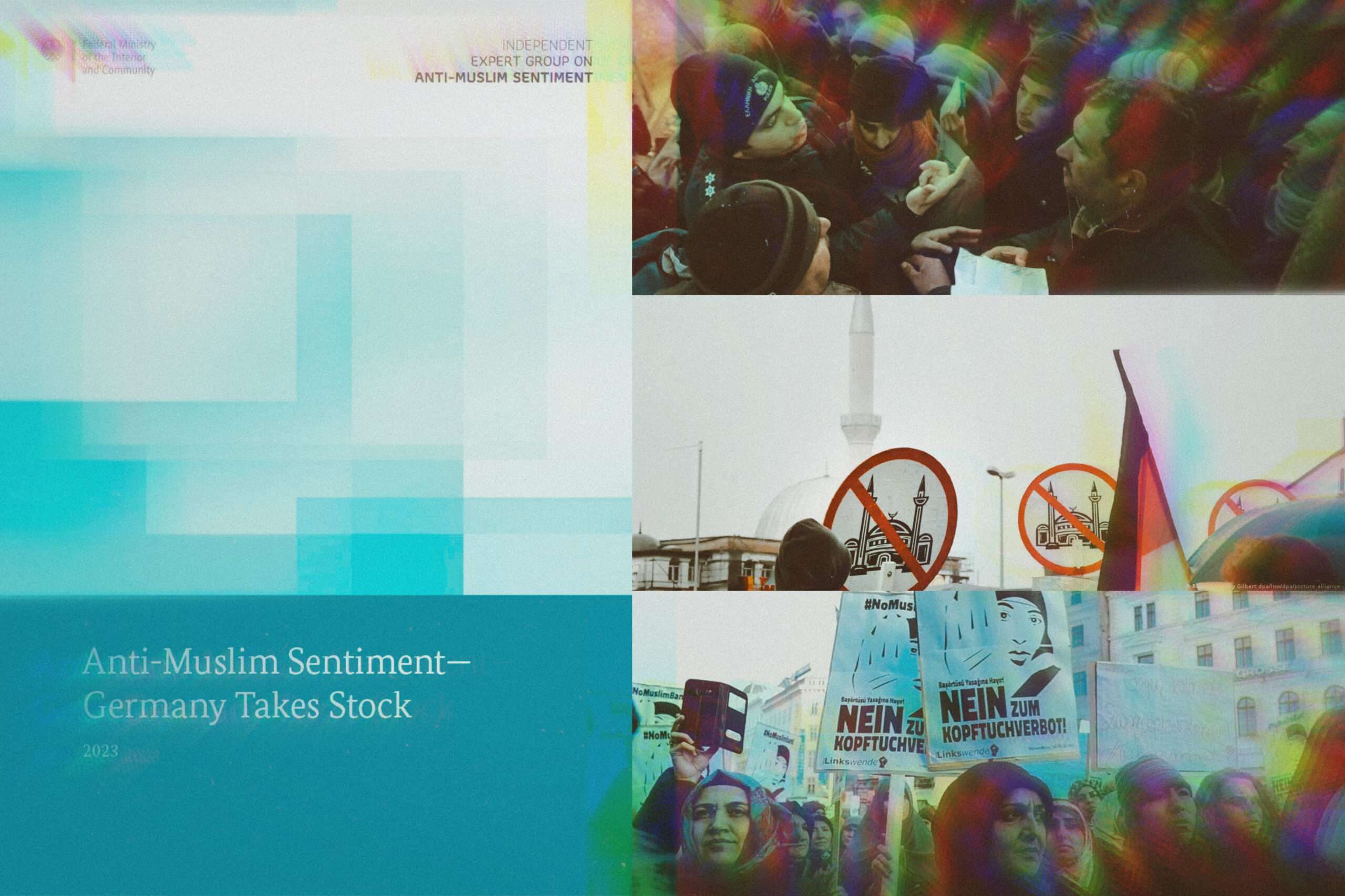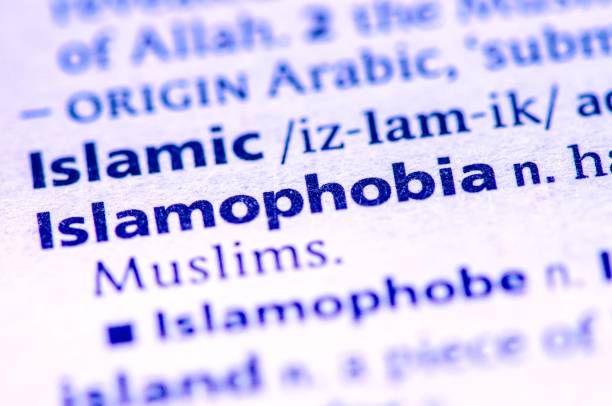21 March 2016
The Qantara magazine provides an insight into the challenges and possibilities of interfaith dialogue in the Rollberg disctrict of Neukölln, one of Berlin’s rougher neighbourhoods. 80 per cent of the area’s population are mostly Muslim immigrants; and Neukölln has made the headlines nation-wide as a putative example of the failure to integrate these communities into the fabric of German society. Against this narrative, the charity ‘Morus 14’ seeks to promote social integration by offering educational projects as well as a range of extracurricular activities for Muslim teenagers. The offerings are much sought after by parents seeking to ameliorate the life prospects of their children
Since 2012, Hagar Levin, originally a volunteer from Israel, has been working for the organisation. Together with five other Jewish volunteers, she is mentoring children, teaching English, and organising the charity’s overall activities. She is part of the charity’s ‘Shalom Rollberg’ project which allows mostly Muslim children to encounter Jews. Levin described many youths as open to dialogue and curious to learn about Israel and Judaism, which is what led her to stay on after the end of her initial term as a volunteer had ended.
However, Levin also recounts the challenges facing interfaith dialogue in this difficult setting: very few of the children have ever encountered Jews and thus have had only few opportunities to develop a nuanced picture of Jewish individuals and Jewish life. According to Levin’s experience, many children struggle to believe she was Jewish, since she does not follow an Orthodox approach to her religion and does not look particularly ‘Jewish’. Many parents initially refused to speak to Levin when learning of her religious identity. Finally, anti-Semitic sentiment is widespread in youth culture: in local schools, ‘Jew’ is used as a term of abuse; and radical Islamist preachers and propagandists are active in the area, offering youths a wealth of materials extremely hostile to Judaism.






